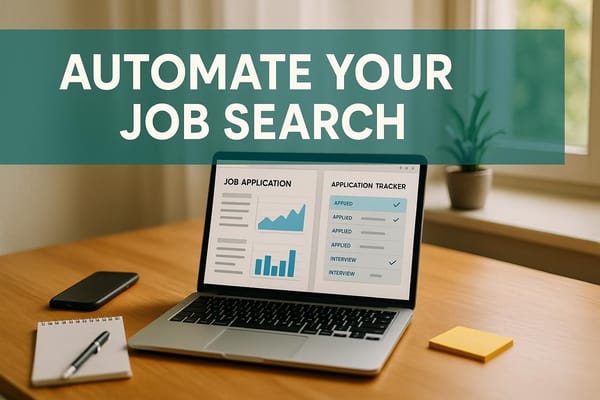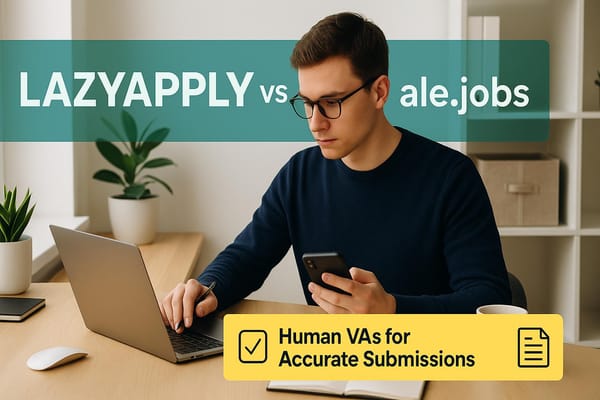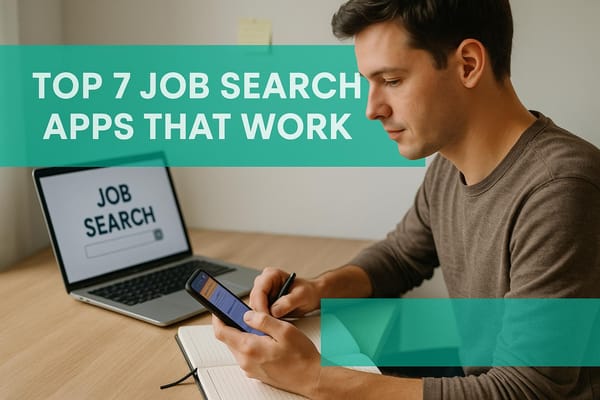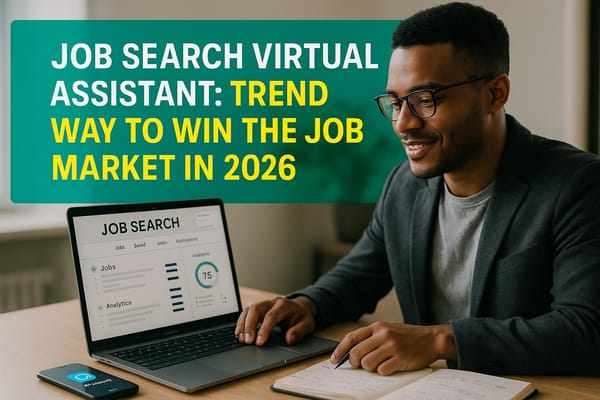Building Effective Competency Frameworks for Careers
Learn how to build a competency framework that enhances your career by identifying essential skills and aligning them with job market demands.
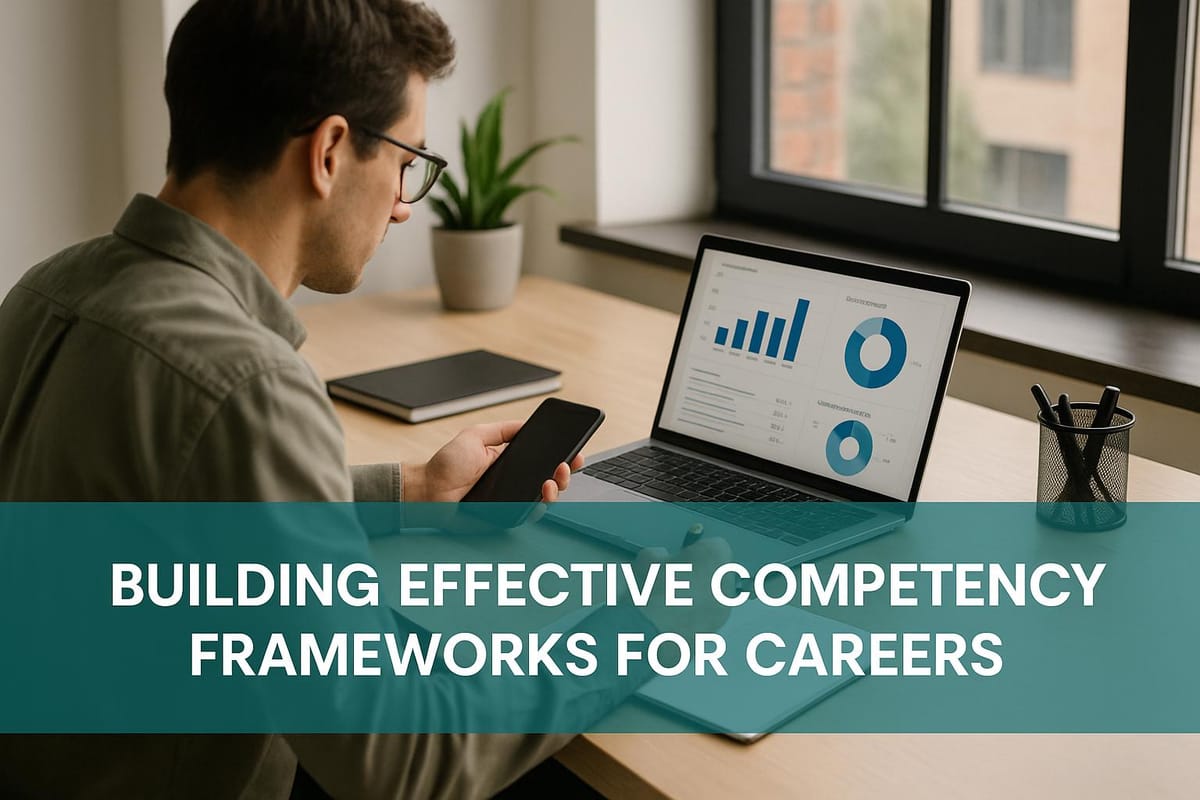
Want to thrive in your career? Start with a competency framework.
A competency framework outlines the exact skills, knowledge, and behaviors needed for success in specific roles. It’s a practical tool to identify gaps, plan skill development, and align with what employers are looking for. Here's the gist:
- Core Competencies: Universal skills like communication, teamwork, and leadership.
- Technical Competencies: Role-specific expertise, e.g., Python for software engineers or Google Analytics for marketers.
- Proficiency Levels: Clearly defined stages (beginner to expert) with measurable examples.
- Alignment: Match your framework to job market trends and personal career goals.
Platforms like scale.jobs simplify this process by tailoring your resume to job requirements and managing applications with human virtual assistants. With flat-fee pricing ($199–$1,099) and real-time updates, it’s an efficient way to focus on skill-building while maximizing job search results.
Bottom line: A well-structured competency framework, paired with tools like scale.jobs, can give you a clear edge in today’s competitive job market.
How To Develop A Competency Framework | A Beginners Guide
Key Elements of a Working Competency Framework
Creating a competency framework that truly delivers requires a clear understanding of its key components. These elements work together to define what success looks like in various roles and career paths. Without these core pieces, a framework can quickly lose its effectiveness.
A strong framework provides actionable guidance while adapting to different career stages and industry shifts. Whether you're just starting out or considering a career change, these elements serve as the backbone of a focused development plan.
Core vs. Technical Competencies
The first step is distinguishing between skills that apply universally and those specific to your profession. A successful framework separates core competencies from technical competencies, helping you identify which skills are transferable and which are role-specific.
Core competencies are the foundational skills that matter in nearly every job. Think of communication, teamwork, problem-solving, leadership, and flexibility. For example, even a highly skilled software engineer might face challenges if they lack effective communication skills.
Technical competencies, on the other hand, are specialized skills tied to a particular job or industry. For a data scientist, this might include expertise in Python, machine learning, and statistical analysis. A marketing manager might need proficiency in tools like Google Analytics, campaign management, and conversion tracking.
While technical skills can open doors to opportunities, core competencies are what sustain long-term success. Neglecting these foundational skills can limit career growth.
To build your framework, start by identifying the core competencies essential for your target roles. Then, layer on the technical skills specific to your industry or function. This approach ensures you're building a balanced skill set that supports you throughout your career.
Setting Clear Proficiency Levels
Vague skill descriptions can be confusing and unhelpful. A strong competency framework includes defined proficiency levels that show exactly what each skill looks like at different stages. Most frameworks use three to five levels, such as beginner, intermediate, advanced, and expert.
Each level should include specific examples of what someone can do at that stage. For instance, “advanced Excel skills” could mean creating pivot tables, building macros, and automating reports. These details allow you to assess your current abilities honestly and pinpoint what to focus on next.
Proficiency levels also make it easier to communicate your skills to employers. Saying you have "intermediate Python skills" can be vague. But if you specify that you can "build web applications using Django, implement basic machine learning models, and debug complex code", it paints a much clearer picture of your capabilities.
The levels should also reflect realistic timelines for growth. Moving from beginner to intermediate might take six months of dedicated practice, while reaching expert status could require years of experience. Understanding these timelines can help you set achievable goals and plan your development effectively.
Behavioral indicators for each level add further clarity. For instance:
- At the beginner level, you might need supervision and guidance.
- At the intermediate level, you can handle routine tasks independently.
- Advanced practitioners tackle complex challenges and mentor others.
- Experts lead innovation and set industry benchmarks.
Alignment with Career and Organizational Goals
Once you've identified competencies, ensure they align with real-world demands. Your framework should connect to current market needs and career opportunities. Even the most detailed framework won't help if it doesn't reflect what's relevant in today's job market.
Start by researching job descriptions to identify in-demand skills. This ensures your framework stays aligned with what employers are looking for, rather than relying on outdated assumptions.
Consider the direction of your industry. For example, as many fields embrace digital transformation, your framework should reflect these trends while balancing current needs with future developments.
Your personal career goals should also shape your framework. Someone aiming for leadership roles will prioritize different skills than someone focused on technical expertise. Similarly, if you're planning to stay with one company long-term, your framework might emphasize internal growth opportunities, while frequent job changers might focus on transferable skills.
Regular updates are essential. Set aside time every six months to review job market trends, refine your priorities, and adjust your framework. The job market evolves quickly, and your framework should keep pace.
For example, tools like scale.jobs can help you highlight the right competencies for specific roles. The platform’s AI-powered resume builder tailors your application to what employers want, but having a solid framework in place ensures you know which skills to emphasize. Pairing a well-designed competency framework with targeted tools gives you a competitive edge in today’s job market.
Step-by-Step Guide to Building a Competency Framework
Creating a competency framework means turning your career aspirations into a clear, actionable plan for developing the skills you need. Think of it as a personalized roadmap that helps you make informed decisions about learning, applying for jobs, or transitioning into new roles. The trick is to follow a structured process that keeps your framework practical and relevant.
Define Purpose and Scope
Start by figuring out what you want your competency framework to accomplish. Are you building it to advance your career, prepare for a role change, or strengthen a team’s abilities? Tailor your approach to match your career goals and the roles you’re targeting.
Think about the timeline. Are you focusing on short-term goals, like skills for your next role, or are you planning for the long haul, like preparing for leadership positions? Short-term plans focus on skills you can use right away, while long-term plans help you build a strong foundation over time. Also, take stock of your resources - how much time you can dedicate, your budget for training or certifications, and access to mentors. Don’t forget to consider market realities, like job availability and growth trends in your desired field.
Engage Stakeholders
To make sure your framework aligns with industry demands, get input from others. Reach out to professionals in your field, hiring managers, or mentors who can offer insights into the skills that matter most. Their feedback ensures your framework isn’t just about your personal goals but also fits the current job market.
Use these conversations to pinpoint where your skills need improvement.
Conduct a Skill Gap Analysis
A skill gap analysis helps you figure out the difference between your current abilities and the skills you need for your target roles. Start by assessing your existing skills. Look at work samples, performance reviews, and feedback from colleagues to get an objective picture of where you stand.
Combine different methods to get a comprehensive view of your strengths and weaknesses. Then, analyze job descriptions and industry trends to identify the key competencies required. Focus on the gaps that are most critical for your goals. For example, instead of just noting that your project management skills need work, compare the size and complexity of projects you’ve managed with those expected in your desired roles.
Tools like scale.jobs can be incredibly helpful here. This platform lets you compare your resume to job requirements, using AI-powered features to highlight the competencies employers prioritize. It’s a practical way to zero in on the skills you should develop next.
Measuring and Benchmarking Competency Framework Results
Once you've built a structured competency framework, the next step is ensuring it delivers results. Precise measurement and regular feedback are crucial for keeping your career on track and aligned with your goals.
Metrics for Measuring Results
To assess the effectiveness of your framework, track measurable outcomes tied to your career progress. For instance, monitor metrics like callback rates, interview invitations, and job offers to see if your efforts are paying off. Additionally, evaluate how quickly you're acquiring new skills. If you've planned to master a particular tool in three months but find it's taking longer, it may be time to adjust your learning strategy or dedicate more practice hours.
Long-term indicators like salary growth, promotions, and expanded responsibilities also paint a clear picture of success. Beyond these, consider the growth of your professional network and the quality of opportunities arising through referrals and industry connections. Regular performance feedback from supervisors, mentors, or peers can provide valuable insights into how others perceive your progress.
Once you've gathered this data, compare your results to industry benchmarks to understand where you stand and identify areas for improvement.
Benchmarking Frameworks
Industry benchmarks, such as salary surveys and association reports, offer a way to measure your progress against peers. This comparison can highlight gaps and guide your next steps.
When evaluating career development platforms, focus on how well they deliver practical outcomes. Here's a comparison of key features across popular platforms:
| Platform | Key Strength | Pricing Model | Human Support | ATS Optimization | Proof of Work |
|---|---|---|---|---|---|
| scale.jobs | Human-powered job applications with dedicated VAs | One-time flat fee | Real human assistants with WhatsApp updates | Yes, with time-stamped screenshots | Complete transparency with unused credit refunds |
| LazyApply | Automated application submissions | Monthly subscription | Limited chatbot support | Basic ATS compliance | Minimal tracking |
| TealHQ | Career tracking and job search organization | Freemium with premium tiers | Community support only | Standard resume optimization | Self-assessed metrics |
| FindMyProfession | Professional resume writing services | Per-service pricing | Human writers for documents only | Yes, for resume writing | Limited to document delivery |
The standout factor here is accountability. While automated tools can speed up application submissions, they often lack the personal touch and strategic insights offered by platforms like scale.jobs, which provides real-time updates, proof-of-work screenshots, and refund options for unused credits. These features ensure transparency and a more tailored approach to managing your job search.
Regular Feedback and Updates
Measuring progress and benchmarking are important, but they aren't enough on their own. Continuous feedback and regular updates are essential to keep your framework relevant. Career goals, market trends, and industry demands evolve, so your framework should, too.
Review your progress every quarter, and seek input from mentors or industry contacts to ensure your framework aligns with current market conditions. For example, analyze your job search metrics, gather feedback from colleagues, and research emerging skills in your target field. If you notice that a skill you've focused on is no longer in demand, it might be time to shift priorities.
Consistent feedback is key. Schedule monthly check-ins with mentors, engage in industry forums, and actively seek performance reviews in your current role. This ongoing input helps you spot trends early and adjust your strategy before falling behind.
Stay informed about industry changes by following professional publications, joining associations, and listening to thought leaders. Treat your competency framework as a dynamic tool that adapts to your career and market shifts. By doing so, you'll ensure your efforts remain relevant and continue to drive meaningful progress in your professional journey.
scale.jobs vs Competitors: Why scale.jobs Wins in Competency-Based Career Planning
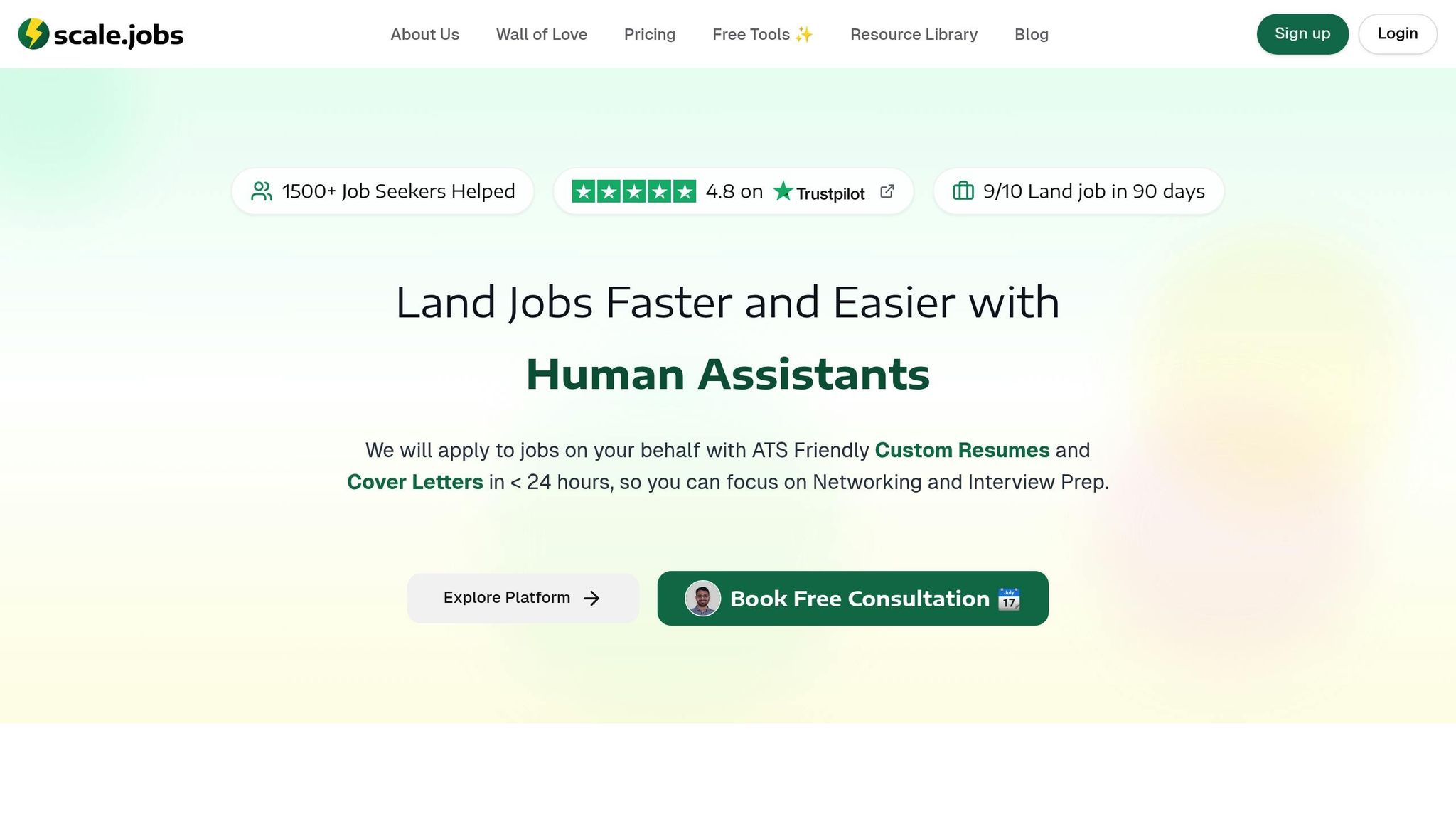
Choosing the right job search platform can make or break your career planning efforts. While many tools promise quick results through automation, nothing beats the precision and care of human-powered assistance. That’s where scale.jobs stands out. By combining advanced software, AI customization, and the expertise of human virtual assistants, scale.jobs transforms your competency framework into targeted, ATS-optimized job applications. Let’s see how it stacks up against the competition.
scale.jobs vs LazyApply
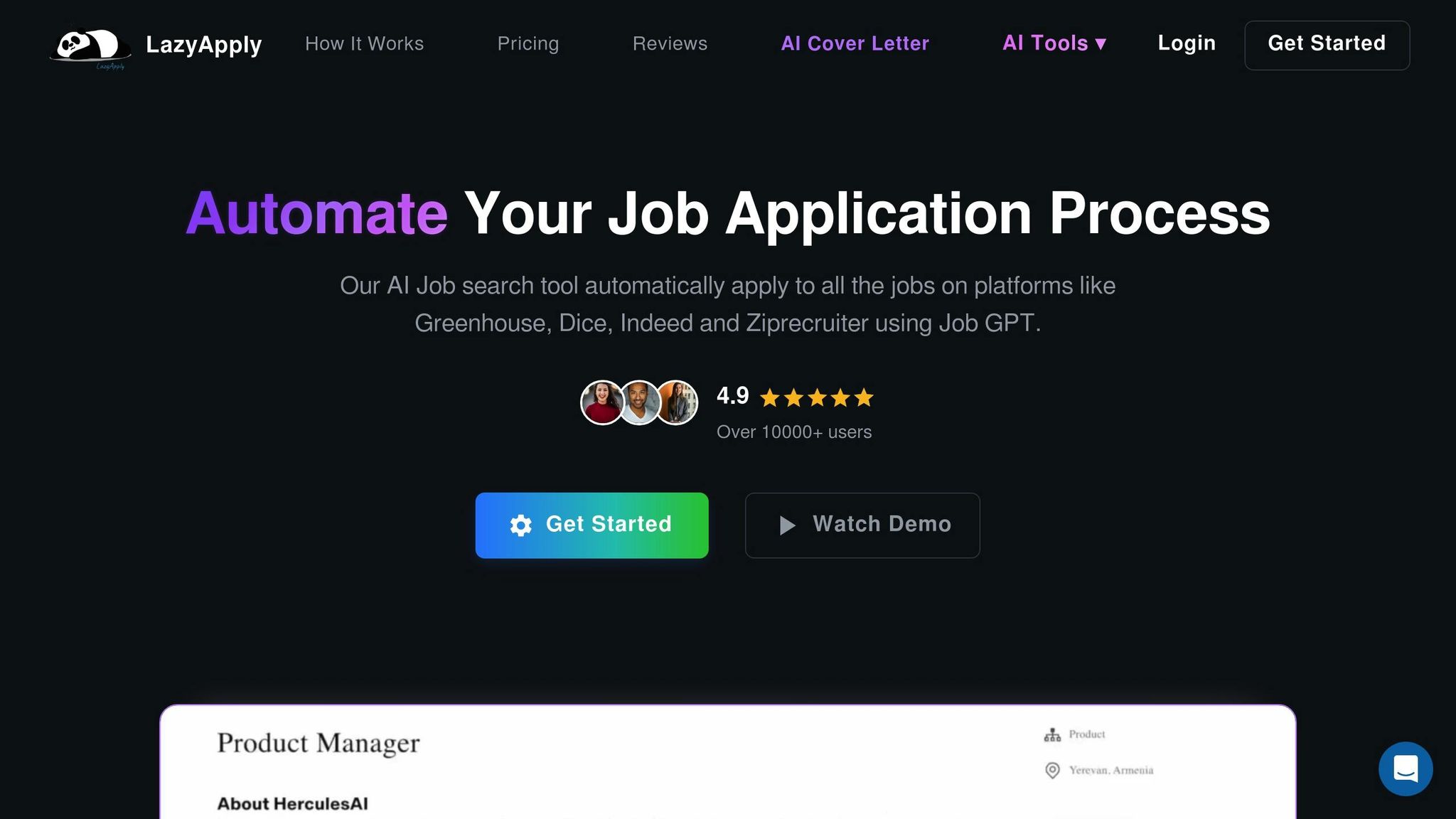
LazyApply relies heavily on automation, using generic templates to send out job applications. While this may save time, it often overlooks the nuances of your specific skills and competencies. In contrast, scale.jobs takes a more personalized approach. Trained human virtual assistants manually customize each application, ensuring your abilities are presented in a way that resonates with recruiters. This tailored method has a proven track record: 90% of scale.jobs users secure jobs within 90 days.
| Feature | scale.jobs | LazyApply |
|---|---|---|
| Application Method | Human VAs with manual submission | Automated bot applications |
| Competency Alignment | Tailored resume per job | Generic template applications |
| ATS Optimization | Human-verified ATS compliance | Basic automated formatting |
| Pricing Model | One-time flat fee ($199–$1,099) | Monthly subscription (~$99/month) |
| Transparency | WhatsApp updates and proof-of-work screenshots | Limited application tracking |
| Success Rate | 90% job placement within 90 days | No published success metrics |
Unlike automated bots that can’t grasp the specifics of a skill like Python, scale.jobs ensures your technical abilities are highlighted in ways that align with each job’s requirements.
scale.jobs vs TealHQ
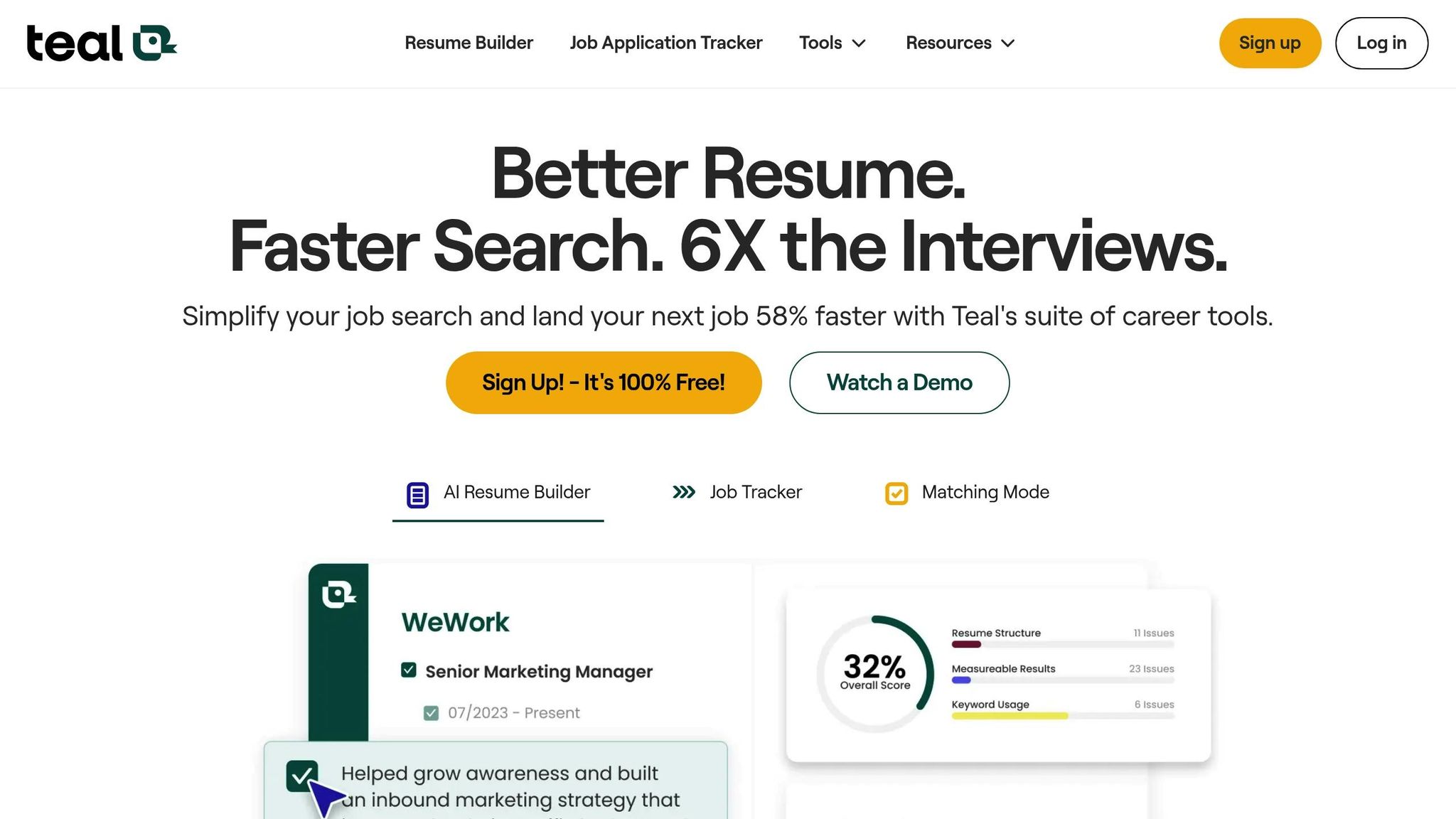
TealHQ offers career tracking tools and resume optimization, but its self-service model often falls short for professionals with complex needs, such as navigating visa requirements or changing industries. That’s where scale.jobs steps in. Its human virtual assistants don’t just track applications - they actively manage the entire process, freeing you to focus on networking and preparing for interviews. This division of labor is especially effective for competency-based career planning.
| Feature | scale.jobs | TealHQ |
|---|---|---|
| Human Support | Dedicated VAs for full job search management | Self-service with community support |
| Application Submission | Human-powered with 24-hour turnaround | Self-managed submissions |
| Competency Mapping | AI plus human customization per job | Basic resume tailoring tools |
| Pricing Structure | Flat fee with unused credit refunds | Freemium with premium tiers |
| Visa Support | Specialized assistance for H1B, F1, and TN visas | Minimal visa support |
| Time Savings | Reclaims 20+ hours per week | Requires significant time investment |
scale.jobs not only simplifies the application process but also provides tailored support for practical concerns like visa applications, giving it an edge over TealHQ.
scale.jobs vs FindMyProfession
FindMyProfession focuses on professional resume writing, which can help articulate your competencies effectively. However, their service ends with the delivery of a polished document, leaving the rest of the job search process up to you. scale.jobs, on the other hand, offers end-to-end job search management. From tailoring resumes to managing submissions, scale.jobs ensures your competencies are showcased to the right hiring managers.
Another key difference is cost. FindMyProfession charges premium rates for individual resume services, while scale.jobs provides comprehensive support at a fraction of the price. Plus, 70% of scale.jobs customers receive a refund because they land a job before using all their application credits - proof of the platform’s effectiveness.
| Feature | scale.jobs | FindMyProfession |
|---|---|---|
| Service Scope | Complete job search management | Resume writing only |
| Ongoing Support | Continuous application submissions | One-time document delivery |
| Cost Structure | $199–$1,099 for full campaigns | Typically higher per-resume fees |
| Application Management | Human VAs handle all submissions | Clients manage applications themselves |
| Success Guarantee | Unused credit refunds (70% refund rate) | Limited revision policy |
| Competency Integration | Tailored skills alignment for each job application | Generic competency presentation |
The difference is clear: while FindMyProfession excels at creating resumes, scale.jobs ensures those resumes get into the hands of the right recruiters through personalized, human-managed applications.
Building Competency Frameworks for Career Success
Creating a solid competency framework is a smart step toward advancing your career. The idea is simple: align your core skills and technical expertise with the specific needs of your target roles and industry.
Think of it as building a foundation. Core competencies like leadership and communication are your bedrock, while technical skills such as Python or data analysis add structure. But here's the catch - this framework isn’t static. The job market evolves quickly. Skills that were once cutting-edge might now be considered basic, and emerging technologies can introduce entirely new demands. Regular updates to your framework keep you competitive and relevant, which is why platforms like scale.jobs can make a real difference.
Speaking of platforms, effectively showcasing your competencies to potential employers is just as important as building them. That’s where scale.jobs stands out. Unlike generic, automated systems, their human virtual assistants tailor your mapped-out skills into targeted, ATS-optimized applications for specific roles. This personal touch ensures your efforts don’t get lost in the shuffle.
For those juggling visa requirements alongside their job search, this tailored approach is even more valuable. scale.jobs’ experts understand the nuances of visa-specific applications, ensuring they not only stand out but also meet compliance standards.
Another standout feature? Their flat-fee pricing model ($199–$1,099). Since refining a competency framework is an ongoing process, having unlimited access to expert support without worrying about recurring fees allows for a more thoughtful, long-term strategy.
Whether you’re a recent graduate building your first framework or a seasoned professional transitioning to a new industry, combining strategic skill mapping with personalized job search support creates a strong launchpad for career growth.
FAQs
How can I identify and distinguish between core and technical competencies to align with my career goals?
To clearly distinguish between core competencies and technical competencies, it’s important to understand their differences. Core competencies refer to universal skills like communication, teamwork, and problem-solving - qualities that apply across industries. On the other hand, technical competencies are specific to a job or field, such as coding, data analysis, or expertise in particular tools and software.
Start by reviewing the job descriptions for positions you’re interested in. Pay attention to the technical skills explicitly mentioned, like certifications or software knowledge, and take note of the soft skills employers value. Then, evaluate your own abilities and experiences to identify any gaps. This self-assessment can guide you in improving areas where you may need growth. Tools like resume builders or AI platforms, such as those offered by scale.jobs, can help you craft a resume that highlights both your technical expertise and your transferable soft skills.
Striking a balance between these two skill sets is essential in today’s competitive job market. Make it a priority to keep learning and building your technical knowledge while also refining the soft skills that make you a well-rounded candidate.
How can I ensure my competency framework stays relevant to evolving job market trends and my career goals?
To keep your competency framework relevant in a rapidly changing job market, it’s essential to stay proactive. Regularly research industry trends, the latest in-demand skills, and emerging technologies within your field. This helps ensure your framework stays aligned with what employers are looking for.
It’s also a good idea to schedule periodic reviews of your career goals. This allows you to adjust your competencies as your objectives evolve. Don’t hesitate to seek feedback from mentors, colleagues, or professional networks - they can offer valuable insights into areas that might need improvement. Tools like scale.jobs can simplify this process, providing AI-driven insights and personalized guidance to refine your job applications and overall career strategy.
How can scale.jobs help me create and use a competency framework for better job applications?
Scale.jobs is a powerful resource for creating and using a competency framework in your job search. It offers AI-driven tools to help craft tailored resumes, cover letters, and responses to interview questions, ensuring your applications match the skills and qualifications employers are looking for. Plus, its ATS-friendly resume builder boosts your chances of catching a recruiter's attention.
For those seeking additional help, scale.jobs also offers human assistant services to handle the entire application process, saving you both time and effort. By combining cutting-edge software, AI, and expert guidance, scale.jobs makes it easier to highlight your strengths and secure the right job.

